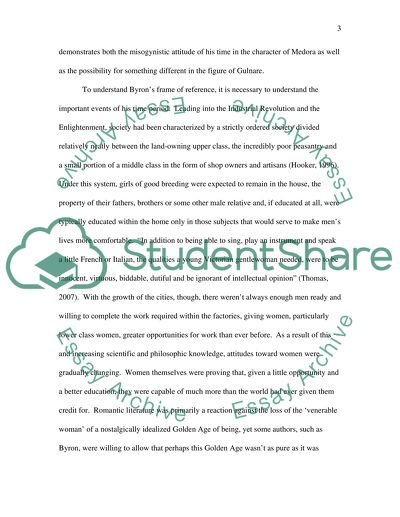Cite this document
(The Ladies Roles in Byrons The Corsair Book Report/Review Example | Topics and Well Written Essays - 2000 words, n.d.)
The Ladies Roles in Byrons The Corsair Book Report/Review Example | Topics and Well Written Essays - 2000 words. https://studentshare.org/literature/1543978-english-literaturecritical-analysis-of-lord-byrons-the-corsair
The Ladies Roles in Byrons The Corsair Book Report/Review Example | Topics and Well Written Essays - 2000 words. https://studentshare.org/literature/1543978-english-literaturecritical-analysis-of-lord-byrons-the-corsair
(The Ladies Roles in Byrons The Corsair Book Report/Review Example | Topics and Well Written Essays - 2000 Words)
The Ladies Roles in Byrons The Corsair Book Report/Review Example | Topics and Well Written Essays - 2000 Words. https://studentshare.org/literature/1543978-english-literaturecritical-analysis-of-lord-byrons-the-corsair.
The Ladies Roles in Byrons The Corsair Book Report/Review Example | Topics and Well Written Essays - 2000 Words. https://studentshare.org/literature/1543978-english-literaturecritical-analysis-of-lord-byrons-the-corsair.
“The Ladies Roles in Byrons The Corsair Book Report/Review Example | Topics and Well Written Essays - 2000 Words”. https://studentshare.org/literature/1543978-english-literaturecritical-analysis-of-lord-byrons-the-corsair.


